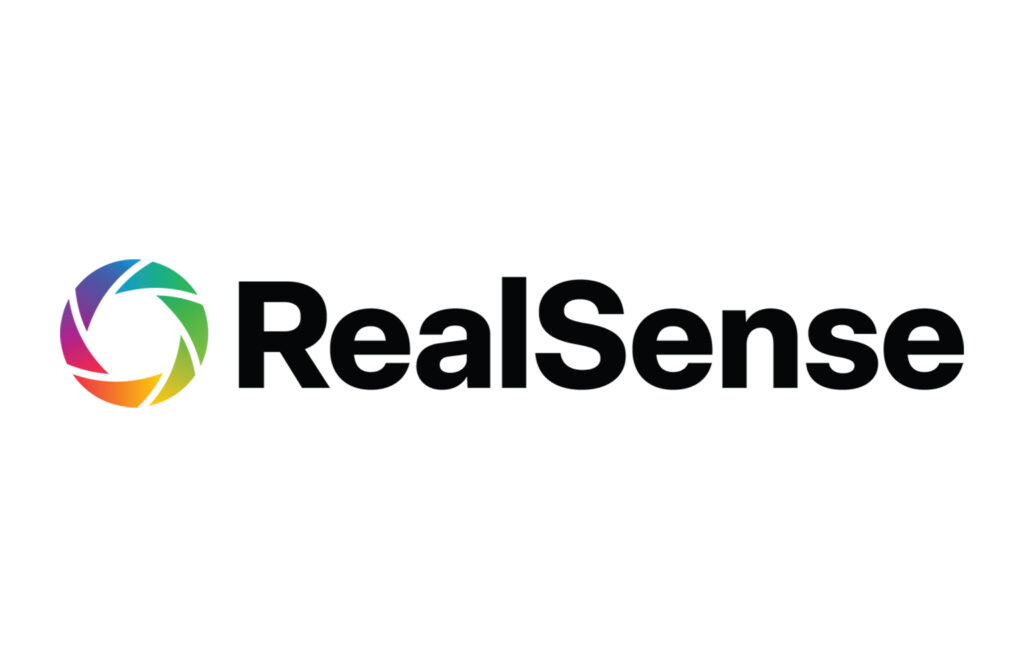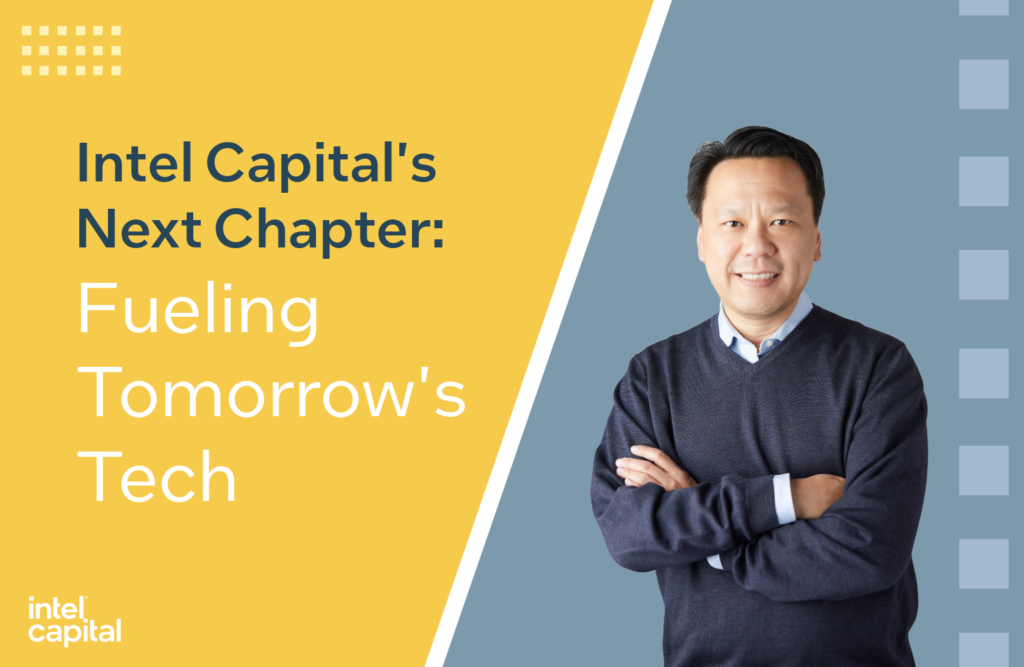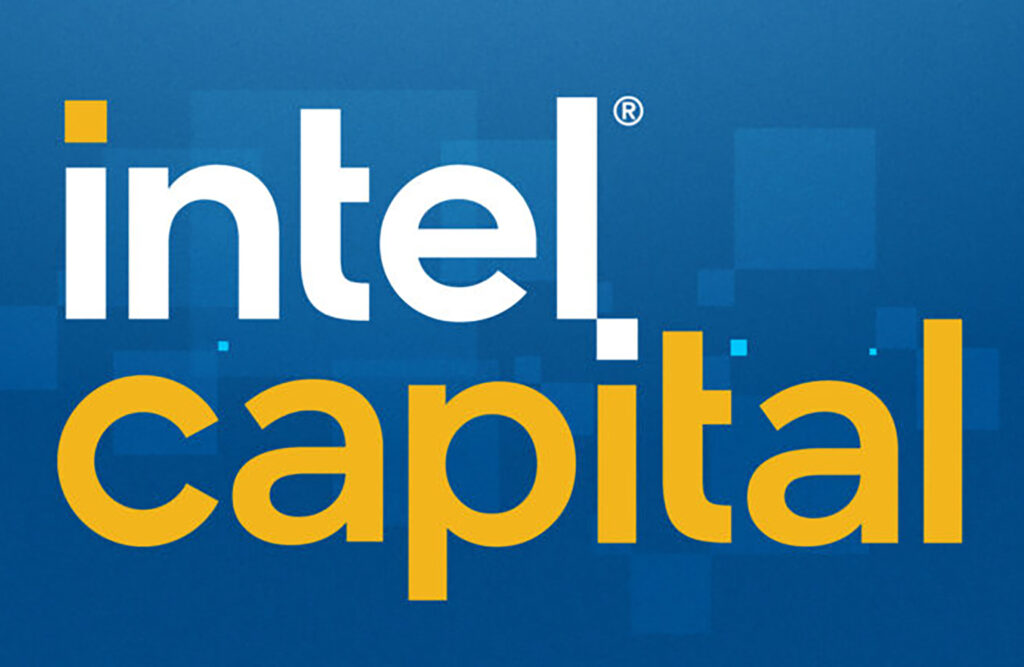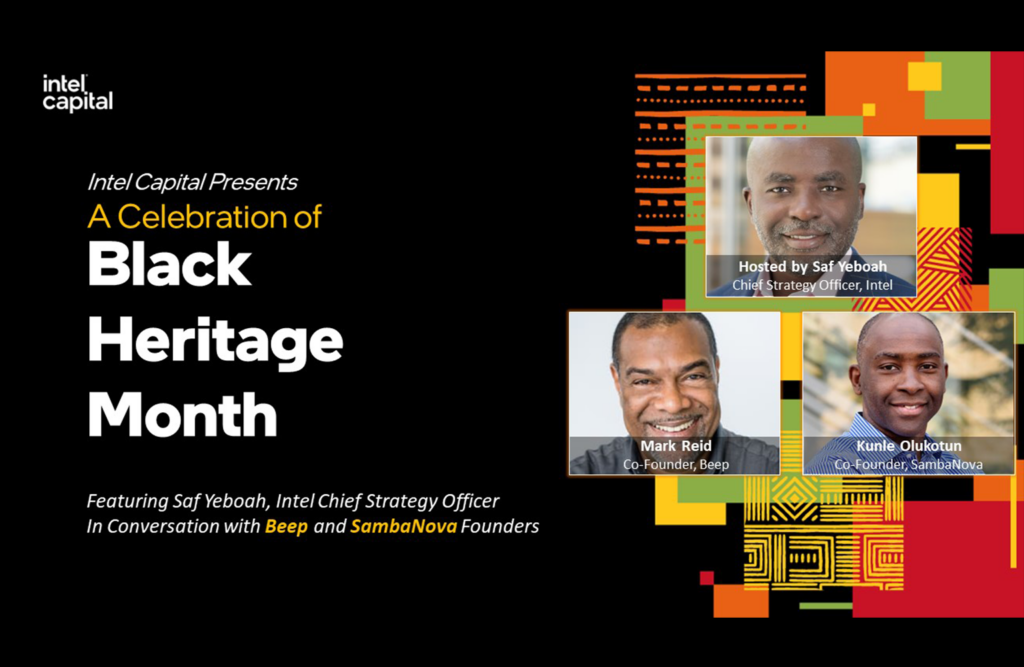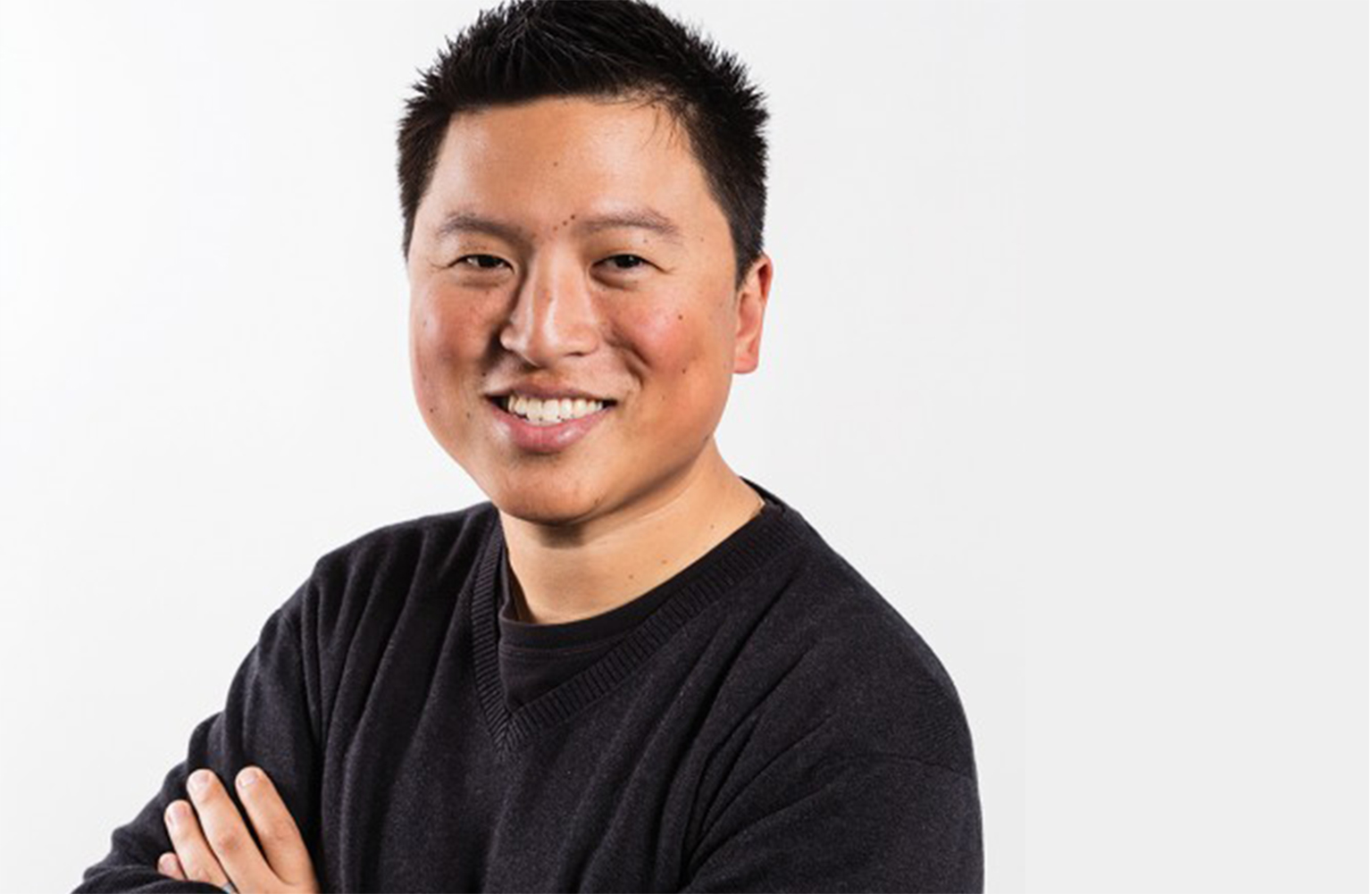
Founder Q&A: Avegant Co-Founder & CTO Edward Tang on Strategy Shifts and Leveraging Partners to Drive Growth
Edward Tang
Co-Founder & CTO, Avegant
Avegant co-founder and CTO Edward Tang has helped the company grow from a two-person startup in a Michigan basement to a fifty-person, Silicon Valley operation with more than $50 million in funding, over 35 pending or issued patents, and a trophy case that includes a CES Editor's Choice Award for best new product. The company's groundbreaking video headset also notched a record for fastest hardware fundraise on Kickstarter.
Q: What was the motivation for starting Avegant?
I met my Avegant co-founder Allan Evans in grad school at the University of Michigan, where we ended up working together under research grants to develop night vision vehicle applications aimed at helping people drive at night or operate military drones or weaponry remotely. We found that nothing off the shelf fit our needs for extremely high resolution and very low latency.
We wanted to develop better display technologies, and we thought we could control our own destiny and move faster. We asked ourselves – as humans, how do we see the world? What do we see in daily life that works so well but that doesn't work when looking at a display? Instead of using typical displays or panels in a computer, we developed the world's first displayless monitor that shined the image right on the retina.
Q: Based on your experience, how can entrepreneurs best position themselves for success when dealing with IP generated by public institutions?
One unique thing about licensing IP from a public institution versus a private company is that the public institution's charter is to get its technology out there. Public institutions are not doing research just for the sake of research. If you can understand what's motivating these organizations, you can reach a reasonable agreement on the technology licensing terms.
In our case, I look at some of the early IP we had which originated from some government labs. We found ourselves very much on the same side of the table where we could easily find these win-win scenarios for both parties, and then we're both motivated to see Avegant succeed. This is a unique characteristic when it comes to transferring technology from public institutions.
Q: In late 2013, you raised almost $2 million in a seed round, and then you followed that up early the next year with an Editor's Choice Award win at CES and one of the most successfully funded Kickstarter campaigns of 2014. Why did you embark on the Kickstarter campaign, and what did that do for Avegant?
We raised our seed round when the company consisted of two guys in a basement. At the time, we had this technology that was very exciting, but we needed a way to really jumpstart it, to get it into the limelight and do some market validation, all in a very short amount of time. Our plan was to quickly build up some prototypes and concepts, showcase them to partners and media at CES, then follow that up with a Kickstarter campaign to help get the company on the map.
We had a marketing plan to go out and hit up, month by month, all the different media outlets to give them a look at the technology and let consumers know this Kickstarter campaign was coming. When we went to CES, we were very fortunate to win the official CES award for best new product. It was crazy considering that at the time, we were just a small five-person company, and suddenly we're on the cover of USA Today next to companies like Samsung and LG.
We launched our Kickstarter campaign the following week and hit our $250,000 goal within four hours–breaking a record for a hardware company–and raising over $1.5 million as a whole. That really put us on the map and got us into the spotlight, where suddenly we went from this very tiny company nobody really knew to a company which had this very cutting edge new display technology.
Q: Very few companies have experience building head-mounted displays in large volumes. Is there something you learned in that process that you can share to help guide other entrepreneurs who are confronting manufacturing challenges?
There is a big gap between having a technology that works in a lab or prototype form, and turning that into something that can be manufactured over and over again in tens of thousands or millions of units, in a way that's cost effective, high quality, and manufacturable with the existing supply chain.
To be successful, you want to have a great relationship with your contract manufacturer and be very careful about who you choose. You want to find the right partners that can be responsive and supportive to your needs, as well as be responsive to problems, because there will be problems. In many ways, you're kind of at the whim of what your contract manufacturer can do for you.
Q: After spending time, energy and resources figuring out how to develop and sell the consumer-focused Glyph personal theater to the mass market, you changed track and are now primarily focused on selling or licensing your Light Field Technology and optics to other companies for use in their own headsets and products. What drove this strategic shift?
We determined that the fastest way to get our Light Field display technologies deployed into the market and cover as many markets as possible is for us to enable other people who want to get into each one of these verticals.
At Avegant, our core strength is, and has always been, in these very advanced optics and display technologies. What's a little bit unique to the mixed reality space is that these devices are incredibly complex, and not just in terms of hardware, but from the standpoint of the entire ecosystem. When you think about what goes into one of these transparent mixed reality devices, the display is the biggest part of it and the biggest challenge inside of it. But there's also compute, sensors, position tracking and 3D cameras, as well as the entire platform and software side of things like the graphics engine, the applications you're going to create and the distribution applications.
We work with a lot of very large companies in both the enterprise space as well as the consumer space. We know that this industry, at least initially for the first year or two, is going to be quite separated in multiple verticals that need this type of technology. Individual companies are targeting a lot of these different verticals, and they need our technologies in order to be successful.
Q: What lessons have you learned in selling to enterprise customers versus consumers?
By working with enterprise companies, we do what we do best, and they do what they do best. These companies understand their end users very well. They have established sales, distribution and marketing chains, but they don't necessarily have the technology to build the products and solutions for their customers, which is what we do.
We can build out these technologies to a point where they can be used in development kits or as samples in other companies' products. A lot of the final details, end applications and building the end-to-end polished experiences are being done by our enterprise customers, while we provide them the enabling technologies.
This is very different from developing an entire consumer product that needs to be finished with very high quality everything, including touch, feel, comfort and weight, as well as applications and use cases. Dealing with distribution, marketing, customer support, overhead, warranties and all that stuff can also be a challenge for many consumer companies.
Q: How has having Intel Capital as a strategic investor brought value to the business?
Intel Capital is such an experienced investor and has seen so many companies go through the challenges that we face. Having Intel Capital's investment managers available to guide us through our process and provide us the feedback and advice we need to make the right decisions as a company has been a valuable asset. They have also helped open doors within Intel whenever we've needed expertise and knowledge.
We have also benefitted in that the general industry we're in is one where both Intel and its customers are very interested. With interest in these types of mixed reality devices increasing, we've been able to leverage Intel's deep customer relationships to get them the technologies they need to build their products.
Q: Is there anything in Avegant's DNA that has contributed to its success as a company?
One of the unique things about our company is that we have a team with incredibly diverse backgrounds that comes from all different walks of life, educational backgrounds and industries. It's not just a bunch of people who have built one specific product before, nor are we only a bunch of electrical or optical engineers. We have people with experience in controls, sensors, biomedical applications, packaging, and more. Having these diverse backgrounds has allowed us to look at problems from all sorts of different angles and come up with really unique display solutions that typical display and optics people don't come up with.
Also, being at a startup, we all wear many different hats, and we're all continually changing hats depending on the circumstances. I think that's very important to everybody and to our company. Sometimes, you just have to get stuff done, and a lot of times it doesn't necessarily matter what your background is. But if you can be a quick learner and you can apply your thinking to new topics in different ways, it usually results in some really creative solutions. I think that's really unique in our company.
Q: Is there anything in your personal background that has made you more agile and able to respond to change and new challenges?
I was born in the US, but moved to Taiwan in elementary school and attended international school there. Being exposed to many different cultures and languages and traveling a lot outside of the US gives you a different perspective on people, how they think about things and approach problems.
Professionally, my technical background is in engineering in the MEMS space, which requires you to apply a multidisciplinary approach when you think about problems. You have to understand and get your hands dirty with mechanics, controls, electrical engineering, biomedical principles and design, sensing, microfluidics, and RF. You know a little bit about a lot of things, and you can think about solutions in a lot of different ways. It's not like I have a hammer and everything is a nail to me. You have this very diverse toolkit. From a technical standpoint, that's been incredibly valuable.
I also worked at a VC firm for a couple of summers while in school, getting exposure to both pre- and post-investment management. Seeing how investors assess a company from a business or investment standpoint has been helpful as well.
Q: What is the biggest leadership lesson you have learned in business?
It's really important to be focused, especially for small companies that usually have very limited resources. It's always easy to say yes, and it's always difficult to say no to something, but it's critical to make sure we're focusing on the really valuable things for us as a company.
Being focused means you understand who your customer is, what problem you're solving for them, how you talk to them, how you reach them, what you need to build for them, what technologies you need to develop for them and how you allocate your resources accordingly.
Those decisions can really make or break a company.
Q: What has been your most rewarding moment in your entrepreneurial journey thus far?
As a startup company, what's really unique is you experience an incredible dynamic range of emotions. You have these amazingly high moments where you've accomplished something, such as when you've struck a partnership or you've built some incredible technical breakthrough. But at the same time, there are a lot of challenges working at a startup, and it's a rollercoaster. There are low points as well, and a lot of times these things happen in parallel.
It's important to be very diligent and very persistent. If you're doing cool things and people believe in what you're doing, you get to keep playing and it gets to be very exciting.
Edward Tang oversees the strategic direction of Avegant in addition to driving business development and fundraising activities. Prior to Avegant, Edward started Tang Engineering Consulting LLC, a consulting and design firm for the MEMS community that provided micro and nanofabrication design, simulation and fabrication services to Fortune 500 companies, startups and universities. He received his B.S. in Electrical Engineering from the University of Michigan, where he spent more than 10 years working as a senior process engineer.
For more information about Avegant, visit avegant.com or follow Avegant on Facebook, LinkedIn and Twitter.

